Carolin Sangha
Casa Nata and limitless creativity
Carolin Sangha about Casa Nata, India and creativity without limits

»I got that fearlessness and this boundlessness from my parents.«
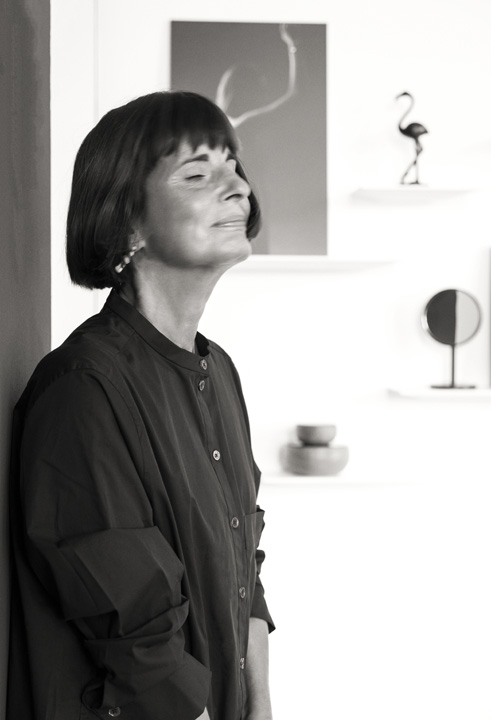
Hello Carolin! You grew up in India. What influenced you visually as a child?
In India, colour plays a very special role. India is a very colourful country where colours have many meanings that people are aware of. Also, in their choice of colours for their clothes. That has influenced me a lot.
As a child, I dressed in many different colours and I enjoyed it. But also, in terms of the shapes of clothes and the cuts, that was also a big influence for me. My father is Indian, and my mother is German. She had a lot of things sewn there for herself in India. That was fascinating.
When did you come back to Germany?
I was ten years old and experienced a complete culture clash, of course. Germany was not originally on my parents’ go-to list. My father originally wanted to move to Africa or London. But in the end, Germany became the base for him for professional reasons. I only spoke English at that time and was very shy. I could understand everything, but my teachers probably wondered a bit at first because I rarely spoke.
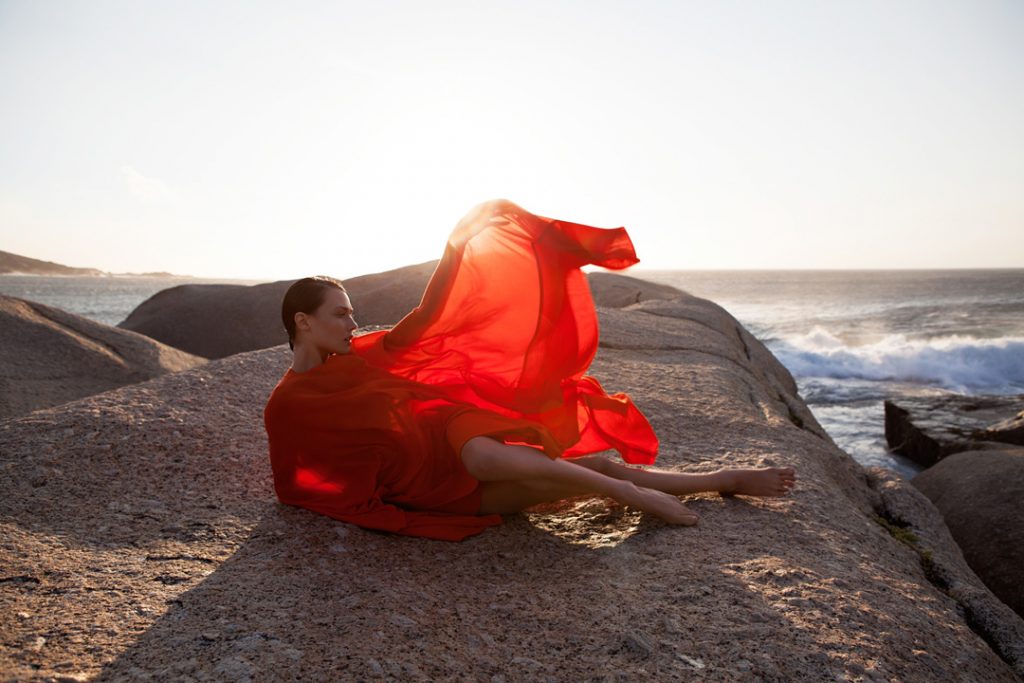
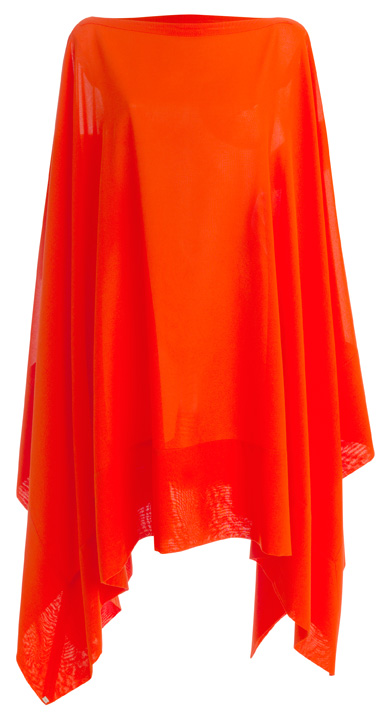
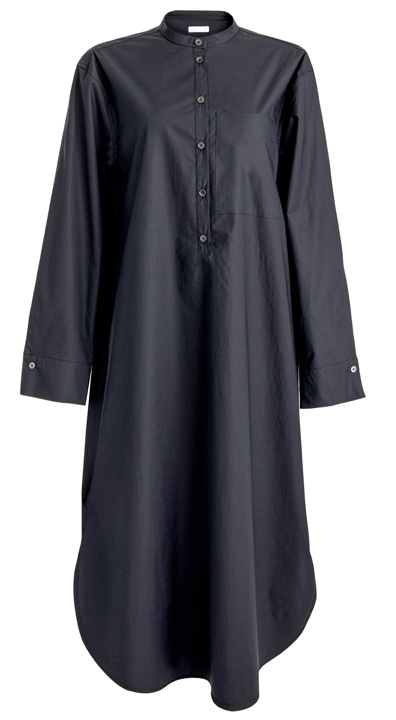
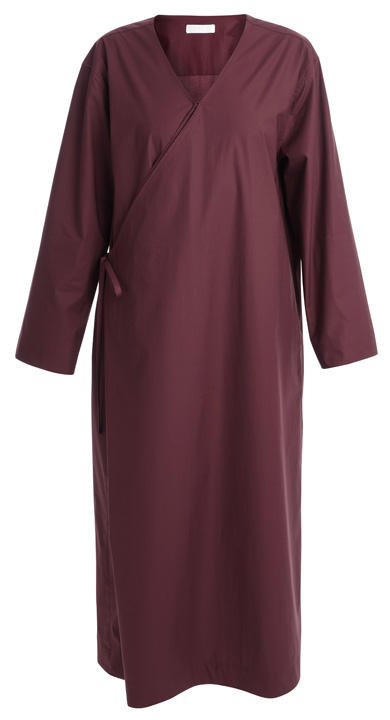
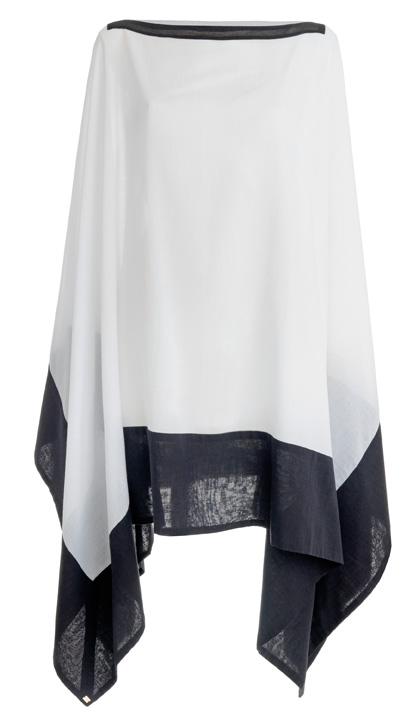
What happened in your life before Casa Nata?
After my A-levels, I went to the US and got to know the world. After studying fashion and graphic design, I joined a magazine editorial team. At that time, I didn’t want to work in fashion design, so I chose journalism. I worked for the Burda Verlag in Munich at the magazine “freundin” and experienced golden times there when we were not limited by tight budgets. That was supermodels era with photo shoots in New York and other extravagances.
After that I went into advertising and was part of a small but very successful agency in Munich that specialised in fashion. At the same time, we produced a fashion and lifestyle programme for ZDF (Ed. Note: German TV-Station) and flew around the world for it, from Italy to Marrakech to Florida. That was a lot of fun and quite fascinating.
Another exciting part of my career was and still is Schönbuch. It is a long-established furniture and interior brand my husband took over some years ago. For me it was a great pleasure to discover new grounds back then by relaunching this brand. And it hasn’t stopped being exciting, because even today I’m still the creative director of this fabulous brand.
And what triggered you to make your own fashion brand?
Due to my very intensive involvement at Schönbuch, I started to miss fashion very much while time passed. I wanted to try myself out there as well, but at first without any commercial pressure. I did what I liked and what I missed in the scene, and so my own style slowly emerged.
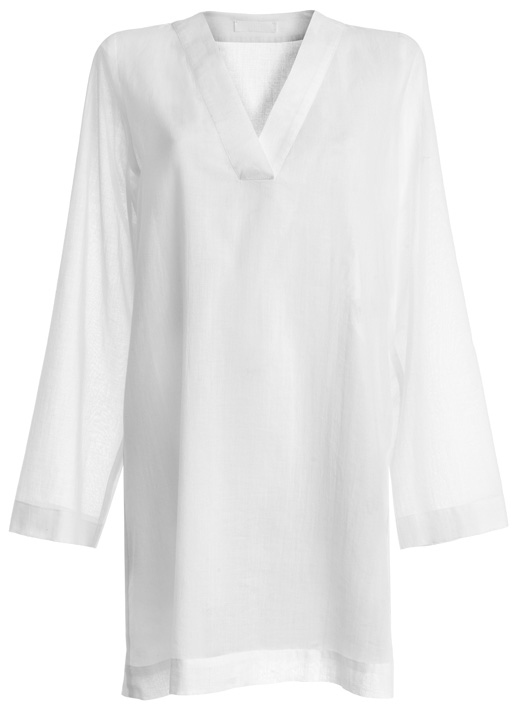
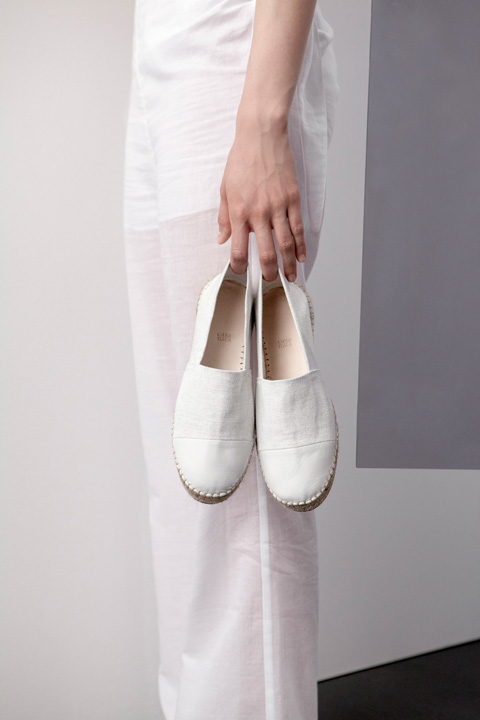
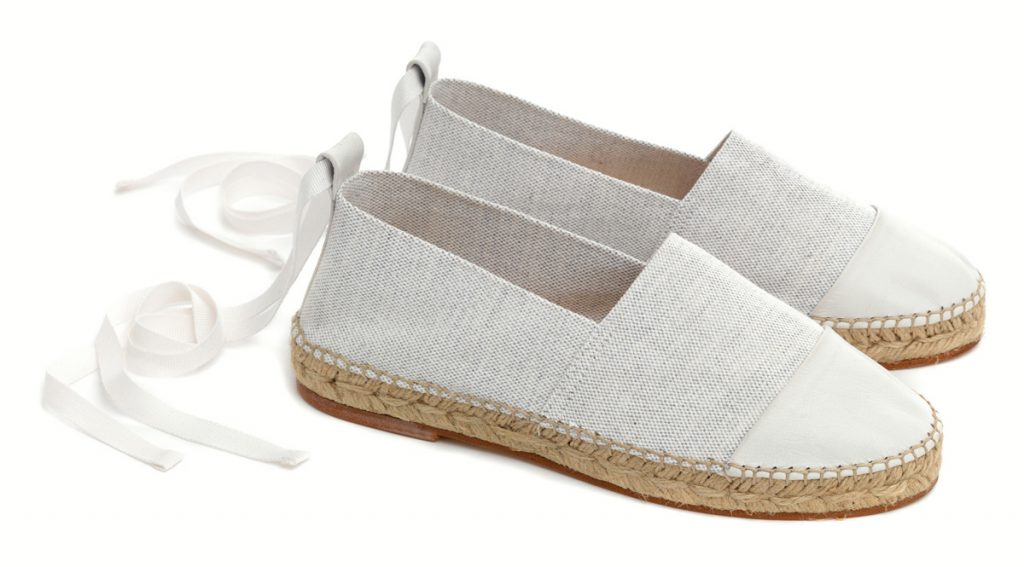
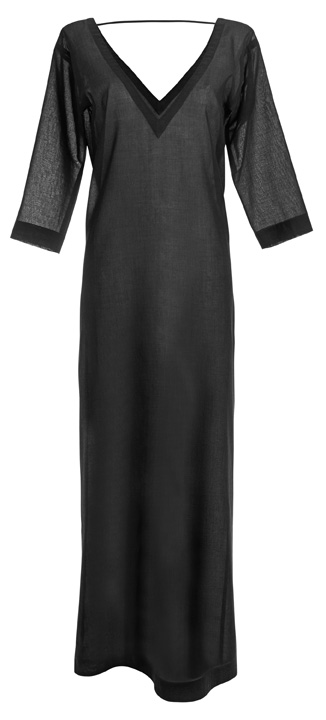
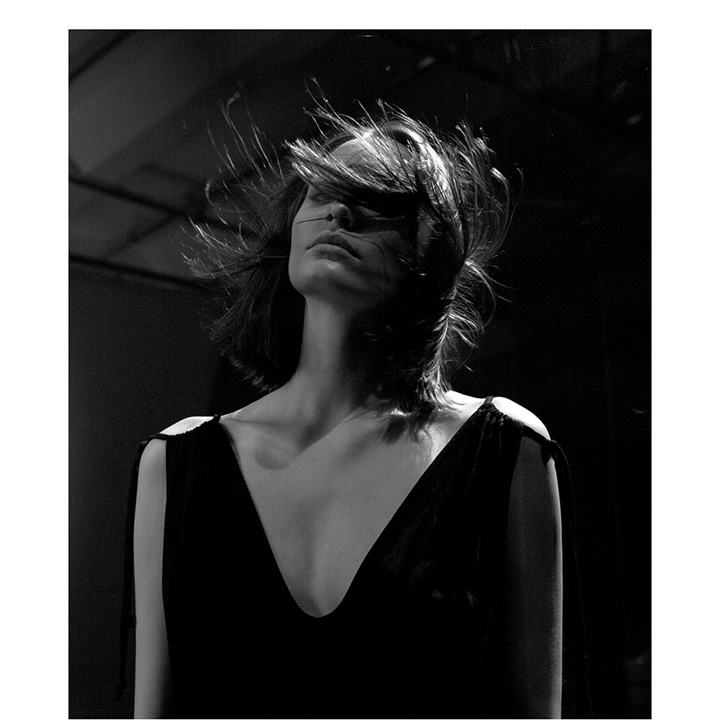
Speaking of style. Please describe your design aspirations.
For me, it’s about making fashion for women who don’t let themselves be limited. Neither in their thinking nor in their look. Women who, regardless of their age and figure, appreciate timeless fashion that gives them freedom. Freedom to develop themselves, to find themselves and to express themselves. That’s what it’s all about.
Is design now an intuitive auto-pilot process in a positive sense or do you always want to reinvent yourself consciously and start all over again?
It’s quite intuitive and automatic in the best sense of the word. My design process is very quick. I always start with one piece, which is what it’s all about at that very moment. This can lead to other pieces, but I don’t think and work in voluminous collections. It’s the simple but extremely well-made pieces made of good materials that are hard to find. That’s what drives me.
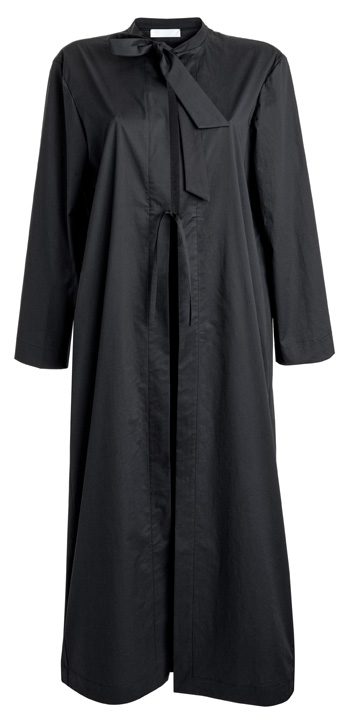
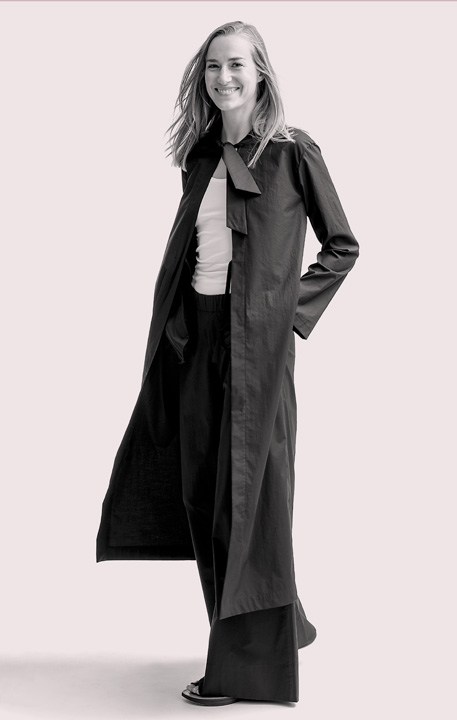
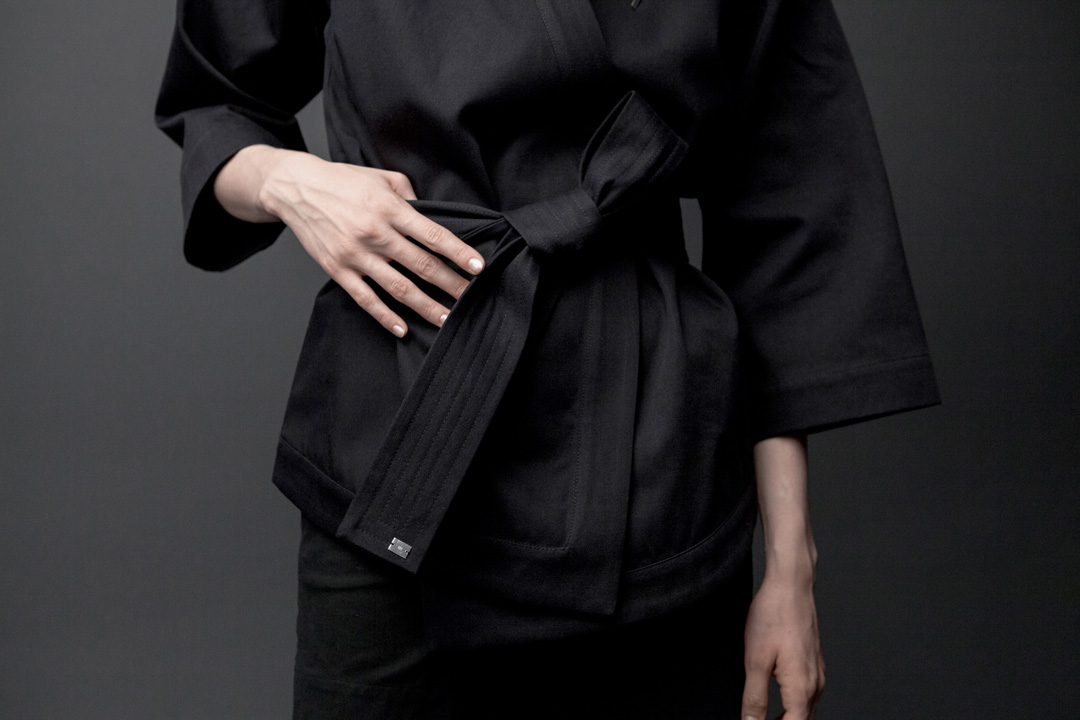
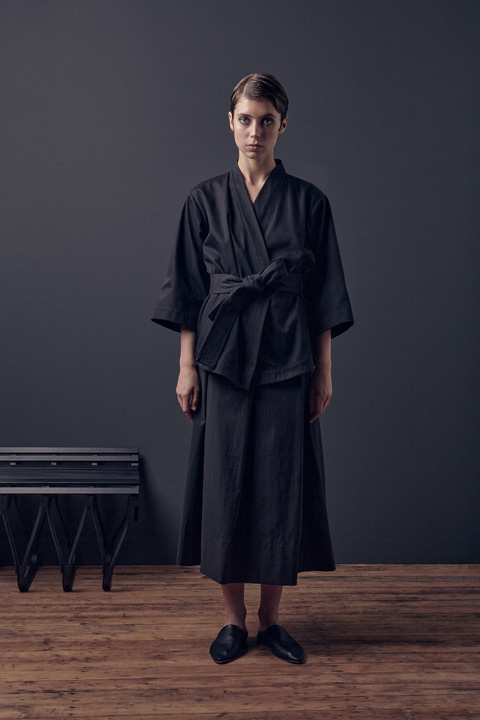
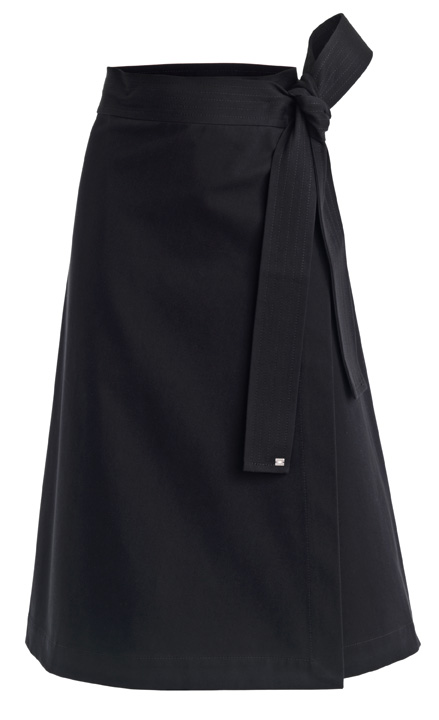
Your path is based on a very confident approach. You do what you feel like doing, completely independent of industry boundaries and the usual constraints. Did you develop this approach to a large extent yourself or was it a gift that your parents gave you along the way?
I got that fearlessness and this boundlessness from my parents. Both of them lived a fearless life and dared to experience many things. My father always told me: Always go to the top first, orientate yourself on the best and then you will see where you will find your very own place within that scope.
What are your future plans for Casa Nata?
At Casa Nata, I deliberately don’t have a long-term plan or an annual plan. I enjoy letting everything happen step by step. I invest a lot of my time in the label, but I also have other projects that allow me to be financially independent. Of course, the goal is to sell more and more and to be successful. But for me, success is also defined in smaller contexts and is not exclusively a monetary asset.
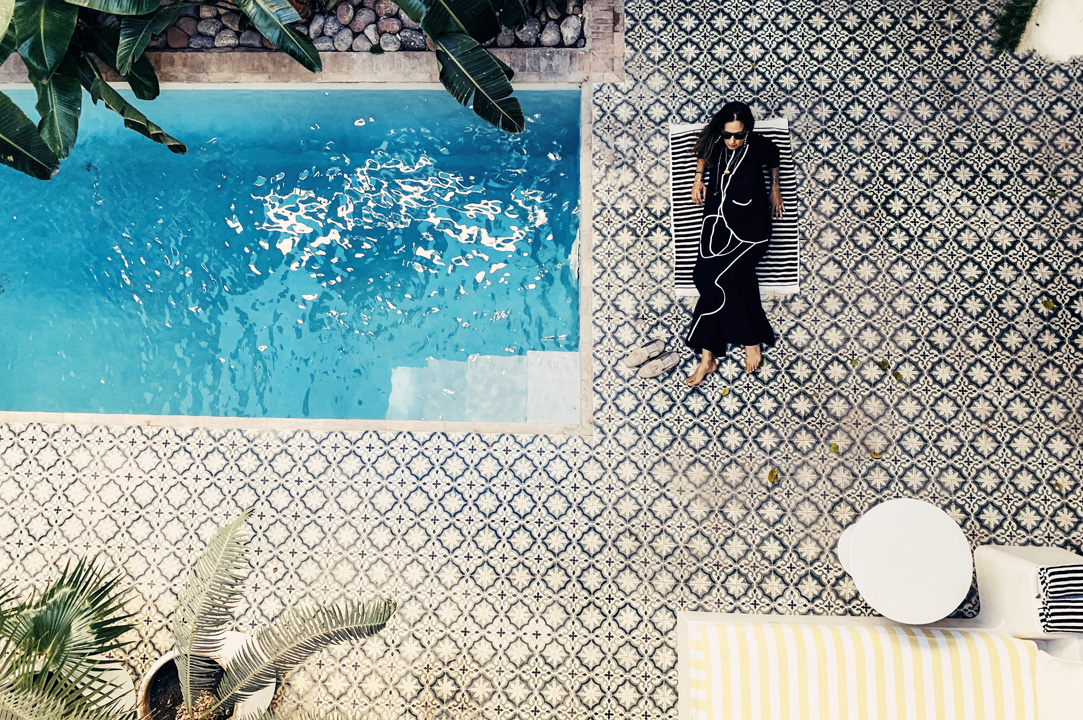
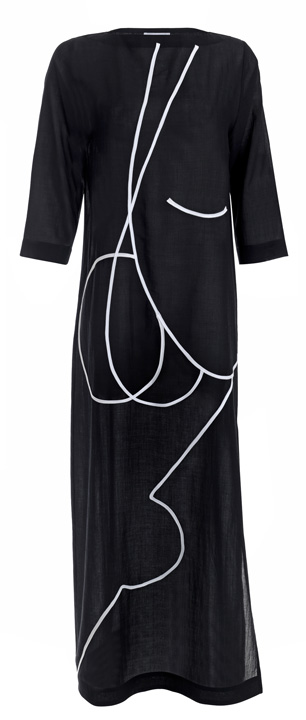
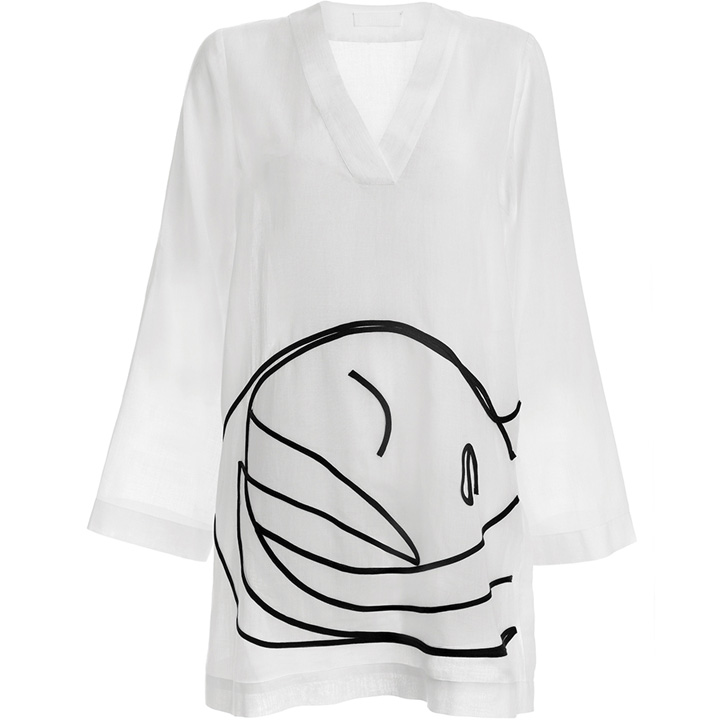
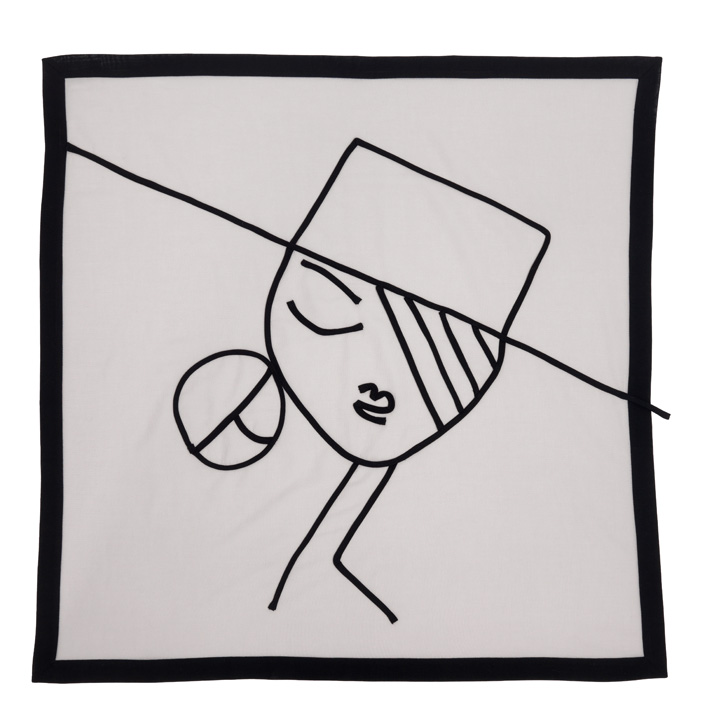
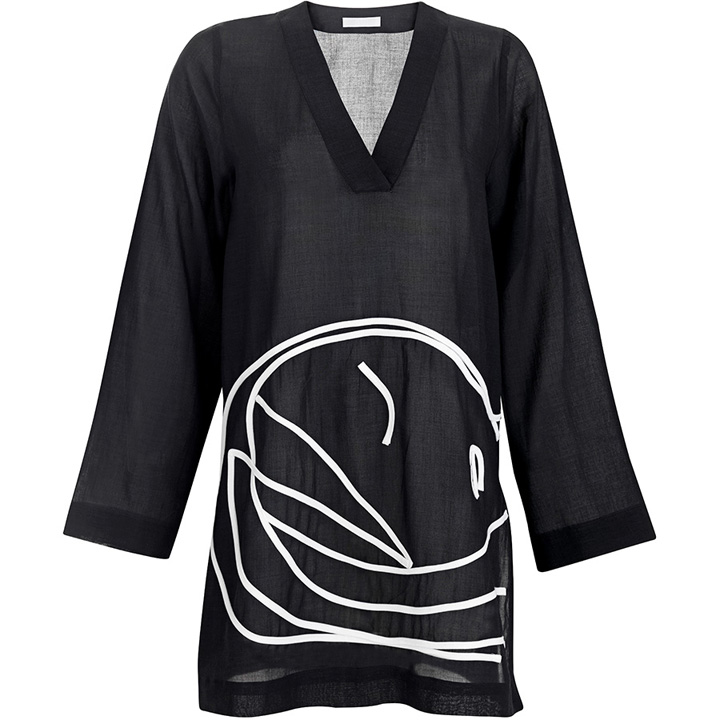
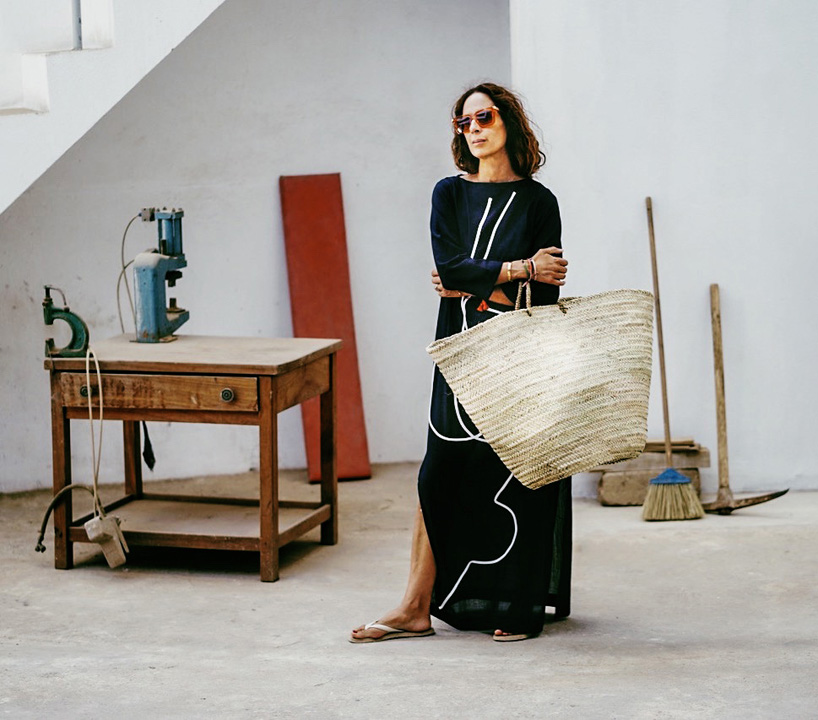
Let’s go back to India to conclude our interview. Is there a favourite place for you there that you would like to tell us about?
I am an enthusiastic Mumbai fan. I am drawn there at least once a year unless there is a pandemic. That city is my source of inspiration. It used to be New York because I like subcultures and because you find an incredibly wide spectrum of creativity there. That’s what Mumbai offers me today because it’s the New York of Asia.
It has a great art and culture scene and also a very interesting fashion scene where a lot is happening. The architecture is fascinating, people are very open. I can only recommend it to anyone who is still curious and open-minded.
Thank you, Carolin!


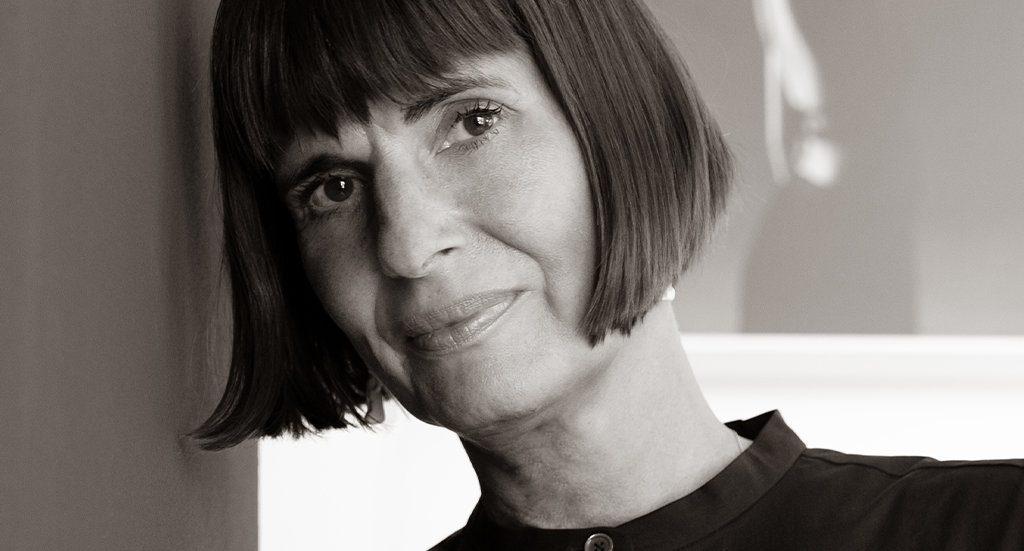

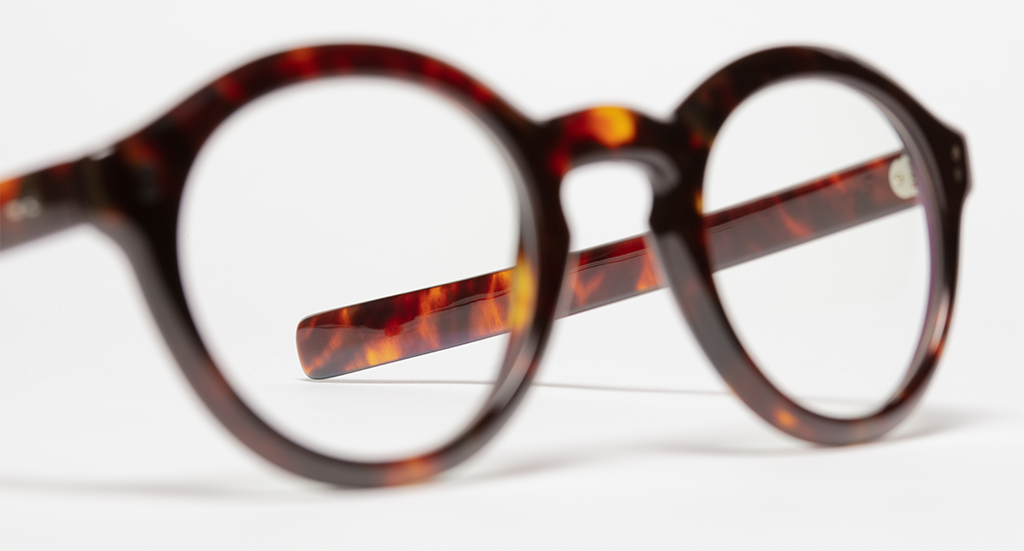

Join our Community